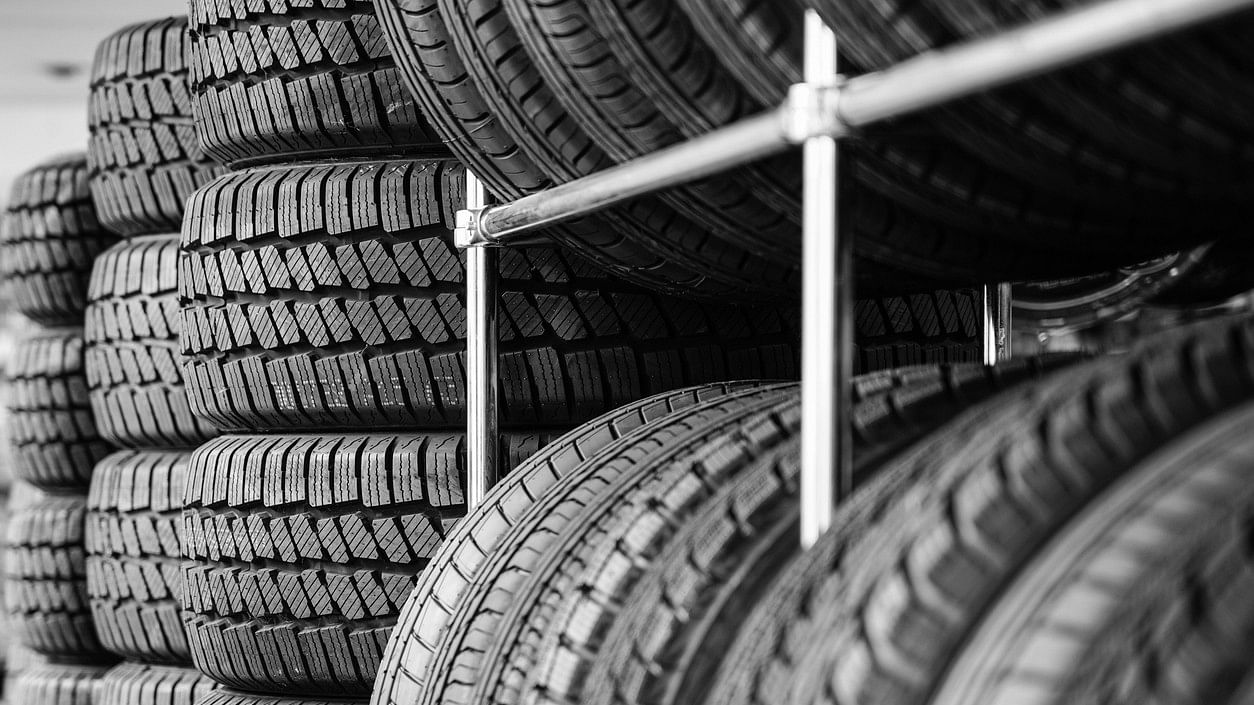
Representative image showing tyres.
Credit: iStock Photo
Bengaluru: Price of the natural rubber is forecast to remain elevated for the current financial year (FY) due to strong demand and crunched supply, impacting the profitability of tyre manufacturers well beyond FY25, according to a report by Crisil Ratings released on Thursday.
The report noted that between FY11 and FY23, while demand expanded by 40 per cent, global production grew only by 35 per cent , resulting in supply crunch and higher prices.
"This has a huge bearing on the profitability of tyre makers as natural rubber is a major input, accounting for 20-40 per cent of the weight of tyres, depending on the category. Indeed, the tyre industry accounts for around 80 per cent of natural rubber consumption in the country," said the report.
"In the first quarter of this fiscal, the operating margin of the top five Indian listed tyre manufacturers' declined by 200 basis points to 14%, compared with 16 per cent in FY24”, the report added.
Natural rubber saw its price surged by 35 per cent year-on-year in the first five months of this fiscal. Domestic prices closed at Rs 238 per kg on average in August, way above the trend in the past decade.
"The deficit in the natural rubber market is expected to triple in 2024 as smaller tappable area and lower yield, along with a potential increase in demand, test the supply side,” said Mohit Adnani, Associate Director- Research, Market Intelligence and Analytics.
It is imperative for tyre original equipment manufacturers (OEMs) to explore ways to mitigate the impact of a prolonged supply shortage, such as developing alternative supplies or reducing costs by exploring imports from cheaper destinations.